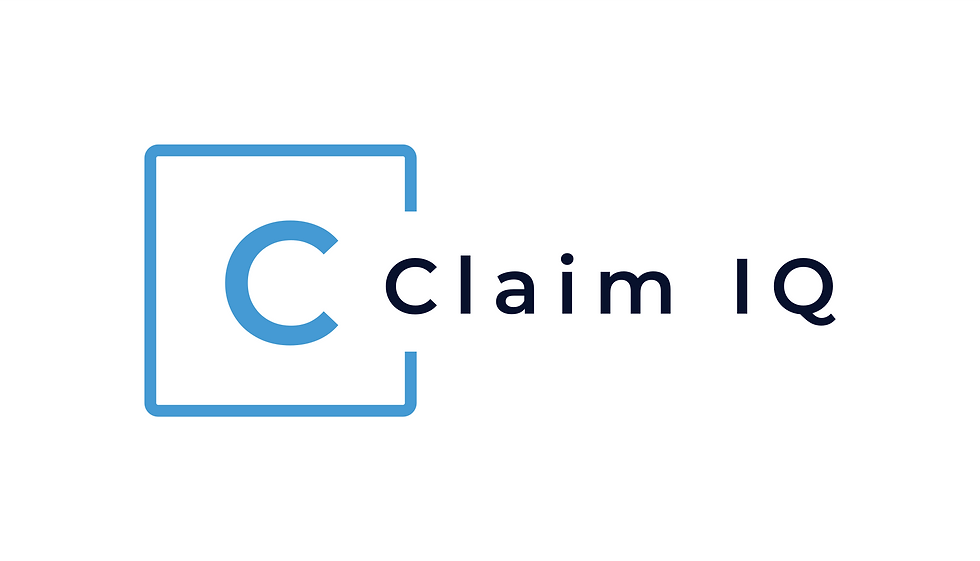HMRC v Perenco UK Ltd: Upper Tribunal Confirms Taxpayer Win
- Eneko Igartua
- Jul 11
- 2 min read
Background
Perenco UK Ltd acquired a package of assets from BP in November 2012, including the Dimlington gas terminal (the “Terminal”) and interests in multiple fields in the West Sole offshore system, where it provided processing services to other oil/gas field owners under arm’s-length Transportation & Processing Agreements (TPAs).
Strict environmental regulations required Perenco to replace the cooling plant at the Terminal. It began incurring these capital costs (over £66 million total), with ~£25 million in 2015; the year relevant for Petroleum Revenue Tax (PRT).
Under TPAs, Perenco received reimbursement from field owners (e.g., Babbage, Seven Seas, Johnston) for their pro-rata share of the replacement works; totaling ~£6.3 million in 2015
Legal Dispute
PRT law (Schedule 3, para 8, OTA 1975) disallows expenditure “met … directly or indirectly” by a third party. HMRC argued that reimbursements from the field owners effectively subsidised Perenco’s cost and should reduce the allowable PRT deduction by the full £6.3 million.
Perenco disputed this, claiming reimbursements were commercial payments for terminal services, not subsidies, and so did not diminish its taxable PRT expenditure.
Tribunal’s Findings
First-tier Tribunal (FTT):
Found that reimbursements under TPAs were consideration for services, arm’s-length, contractually justified, not subsidies.
Recognised reimbursements as tariff receipts but held they didn’t “meet” Perenco’s expenditure in the sense required by para 8.
Upper Tribunal (UT):
Dismissed HMRC’s appeal, endorsing the FTT’s reasoning.
Held that “payments made for goods and services under an arm’s‑length contract were consideration rather than a subsidy for expenditure, even though the payments reflected such expenditure”.
Confirmed para 8 does not apply when reimbursements are contractual commercial consideration, not subsidies.
Why It Matters
Binding precedent: As an Upper Tribunal decision, Perenco holds greater authority, unlike non-binding decisions such as FTT Quinn, and strengthens that line of reasoning.
Cross-scheme influence: Although the case concerned PRT, its logic mirrors Quinn and influenced subsequent R&D subsidy and “contracted-out” decisions such as Stage One Creative Services and Collins Construction.
Broad commercial application: Clarifies that where payments are made in return for services provided under genuine arm’s-length contracts, even if calculated to reflect underlying costs, they do not constitute a subsidy under UK tax law.
Implications for Taxpayers
Tax certainty: Terminal and infrastructure operators receiving cost-recovery payments can rest assured these are not treated as subsidies, if structured as transparent, arm’s-length reimbursements.
R&D impact: Provides vital reinforcement for R&D claims under both SME relief and the newer R&D Expenditure Credit (RDEC) regime, making it harder for HMRC to disallow R&D expenditures via subsidy or contracted-out arguments.
Document structure matters: The decision underscores the need for clear contractual language aligning payment mechanisms with service provision, not direct funding of expenditure.
Final Take
HMRC v Perenco UK Ltd firmly confirms a key commercial principle: contractual consideration does not equal subsidy, even when payments mirror actual costs. This decision not only cements the Quinn approach with binding authority but also signals a more tax-favourable environment for businesses relying on cost-recovery mechanisms, whether in infrastructure, environmental compliance, or R&D.

![AHK Recruitment Ltd v HMRC [2020]: A cautionary tale](https://static.wixstatic.com/media/21b54e_48cf2f4d3607439bbad8cb36a43cc41a~mv2.png/v1/fill/w_980,h_980,al_c,q_90,usm_0.66_1.00_0.01,enc_avif,quality_auto/21b54e_48cf2f4d3607439bbad8cb36a43cc41a~mv2.png)


Comments